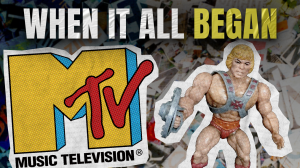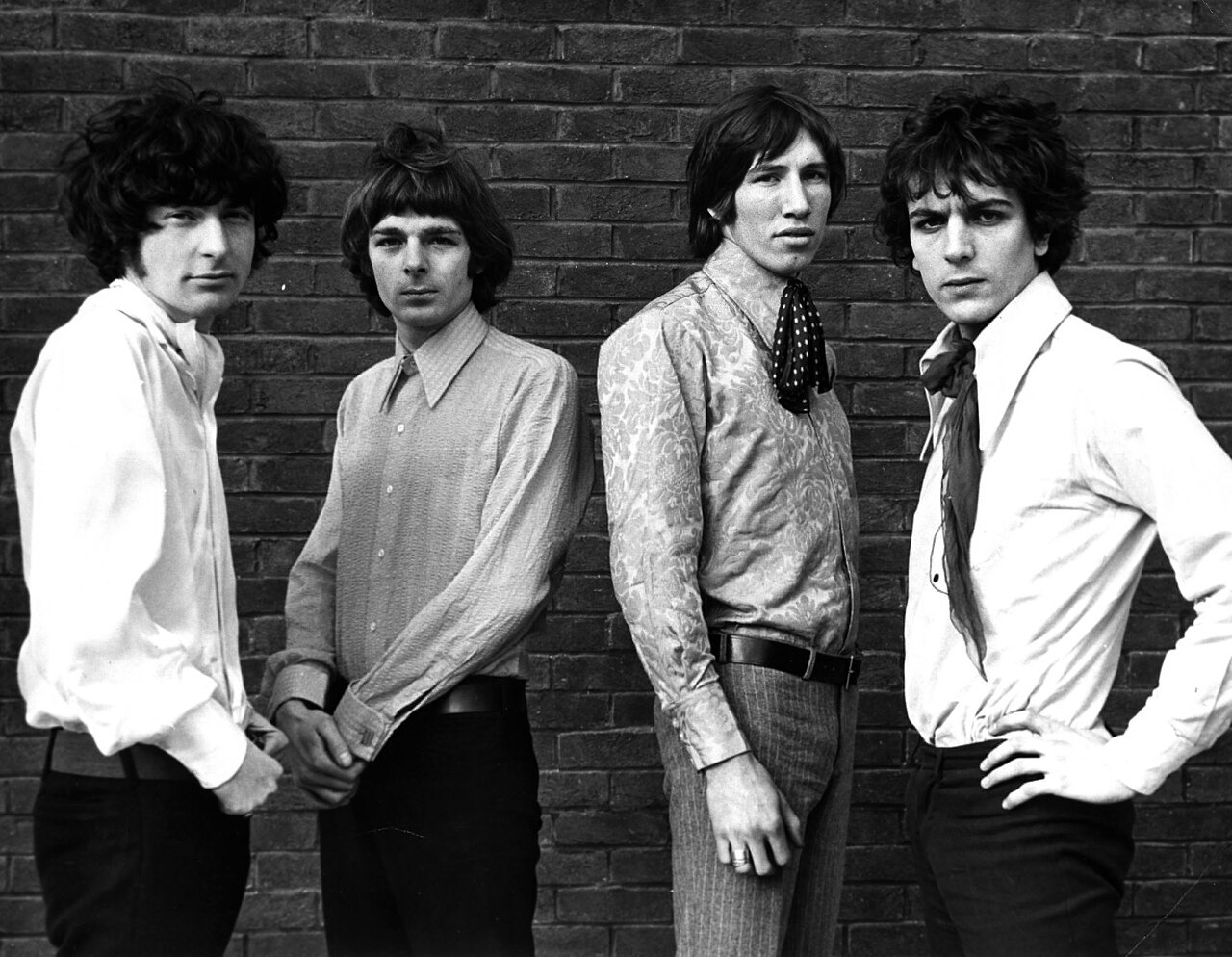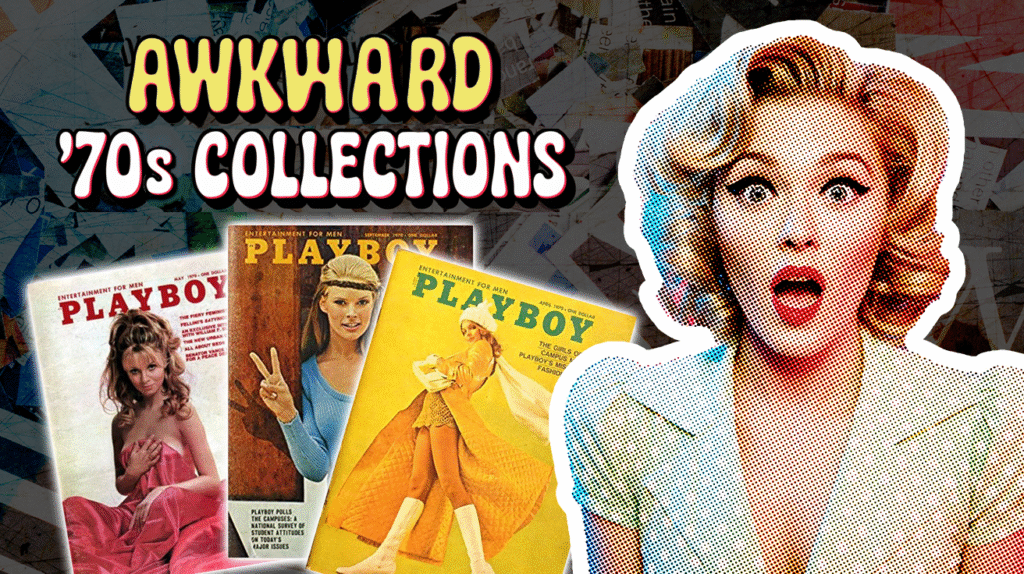
Remember when people claimed physical objects would become relics of the past? Turns out humans aren’t quite ready to surrender their nostalgia to the digital void. The 1970s—an era of polyester, protest, and pioneering technology—has become ground zero for a collecting renaissance that’s reshaping auction houses and attics alike.
The second-hand collectibles market has exploded to $142.5 billion in 2024, with vintage items from the grooviest decade leading the charge. It’s like watching Netflix’s “Stranger Things” effect ripple through time—except instead of 80s nostalgia, it’s the bell-bottomed predecessors stealing the spotlight.
13. Beer Can Collecting
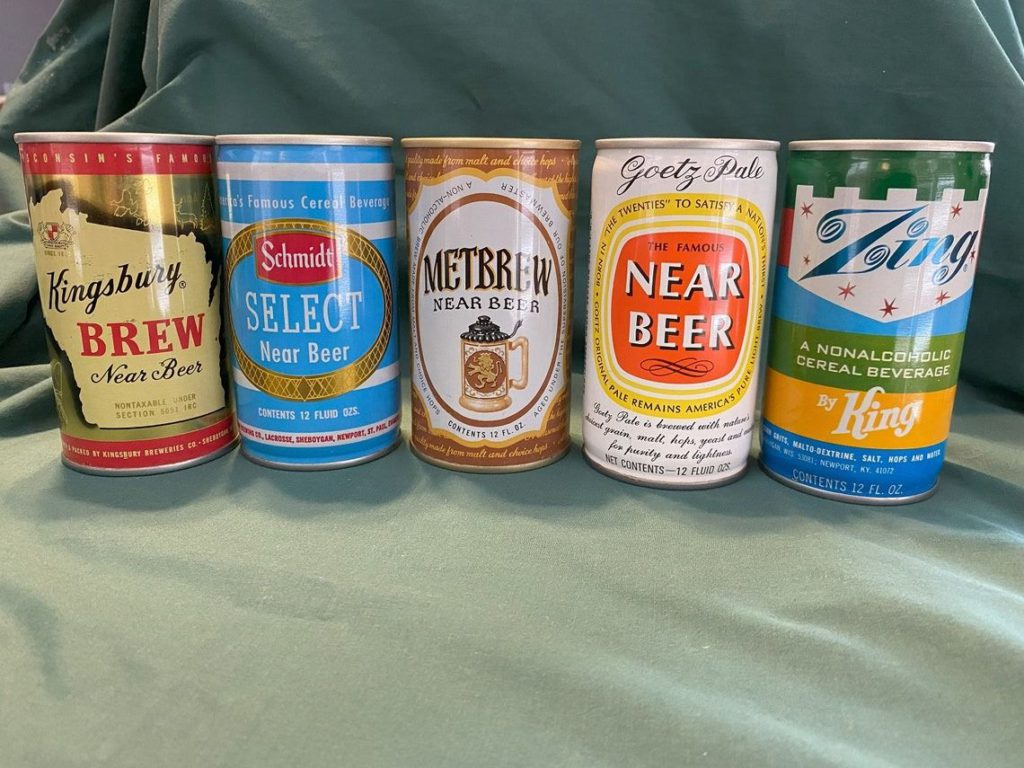
The 1970s transformed aluminum cylinders from trash to treasure as beer can collecting erupted into a nationwide phenomenon. Approximately 500 breweries across America inadvertently fueled this aluminum gold rush, with collectors organizing through classified ads and regional meetups that evolved into a legitimate subculture complete with its own organization.
For today’s collectors, condition reigns supreme—rust spots and dents deflate values like a punctured keg at a frat party. While common specimens typically fetch $5-20, those rare pre-Prohibition cans can pour out profits of $500-5,000+ from serious buyers. Storage advice: keep these aluminum artifacts in climate-controlled environments away from humidity, which creates the collector equivalent of beer gone skunky.
12. Mid-Century Modern Furniture
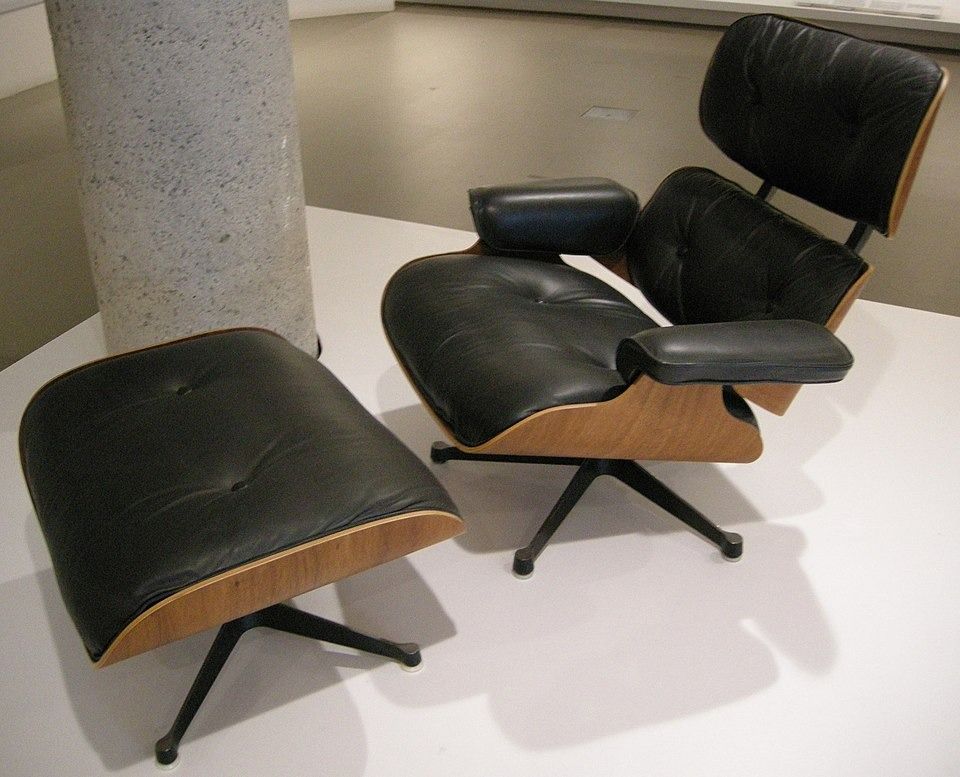
The clean lines and organic forms of 1970s furniture have transitioned from garage sale castaways to design gallery centerpieces. These pieces bridge functional art and practical furnishing—sculptural statements you can actually sit on without museum guards rushing to intervene. The aesthetic has infiltrated contemporary design throughout Instagram feeds.
Investment-grade pieces from designers like Eames and Herman Miller have appreciated 5-15% annually over the past decade, outperforming many traditional investments. Authentication resembles art collection—maker’s marks, material verification, and structural assessment determine value. The purist market rewards original condition, though reupholstered pieces maintain strong appeal for buyers prioritizing aesthetics over investment potential.
11. Yellow Smiley Face Merchandise
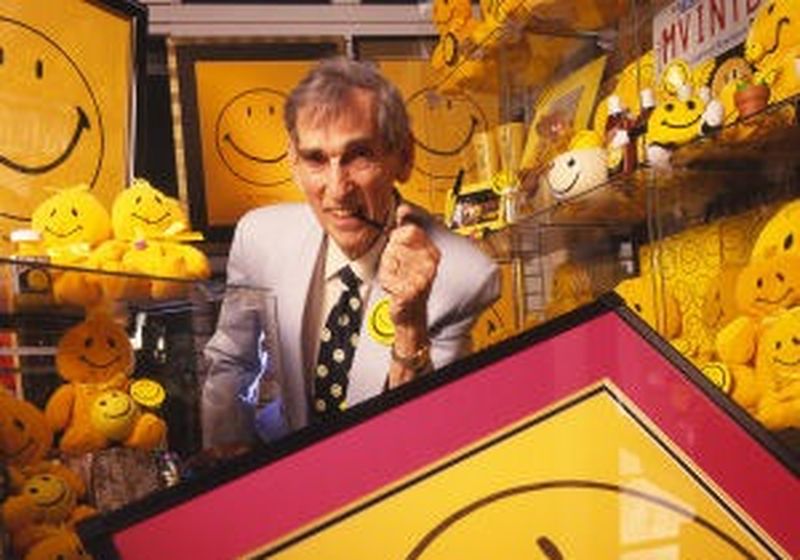
Before emojis dominated digital communication, Harvey Ball’s simple yellow smiley face conquered physical space with ruthless cheerfulness. Paired with the “Have a Nice Day” slogan, this circular ambassador of positivity infiltrated every surface imaginable—from buttons to lunchboxes to bedroom walls—offering a sunny counterpoint to the decade’s complex social upheavals.
The collecting landscape mirrors the design’s simplicity—mass production means most items remain affordable ($10-50), while rare promotional pieces can beam with $50-200+ price tags. Serious collectors focus on limited distribution items rather than the ubiquitous buttons that once adorned every backpack and jacket lapel. Like the expression it portrays, this collecting category delivers accessible joy without requiring mortgage-level investments.
10. Star Wars Collectibles

The 1977 space opera revolutionized how movies generated revenue through merchandise. Kenner’s unprecedented toy line turned movie moments into playground adventures, creating an entire industry that now generates billions in annual revenue. The Early Bird Certificate now commands $2,000-7,000 in mint condition.
For serious collectors, the 1978-1983 period represents the vintage gold standard, with mint condition figures in original packaging fetching thousands of dollars. The market operates with museum-level scrutiny—authentication services exist specifically to combat counterfeits targeting high-value items. The modern collector approaches vintage Star Wars items with the diligence of a diamond appraiser, examining plastic color variations.
9. Vinyl Records
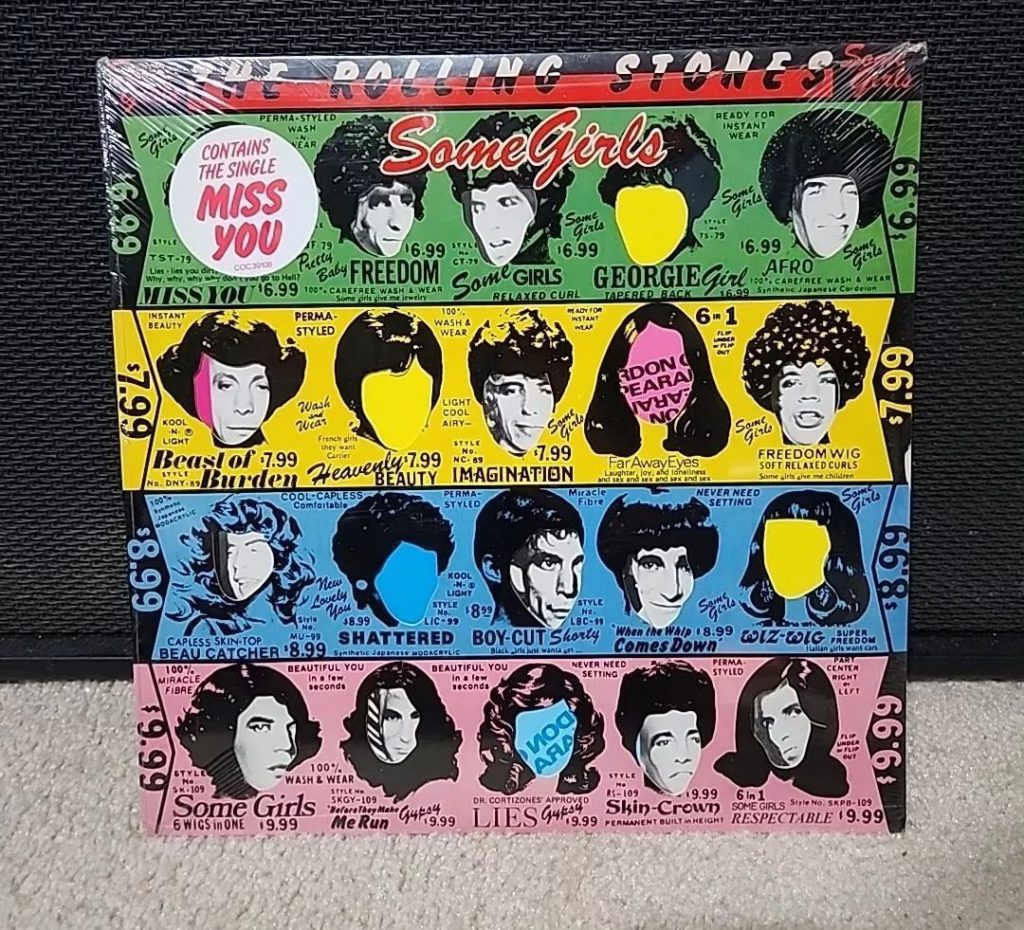
The 1970s vinyl renaissance captures an era when album covers functioned as legitimate art installations and artists created cohesive musical journeys rather than disconnected streaming singles. Original pressings of iconic albums have transformed from music into assets, with mint specimens commanding $100-500+ from serious audiophiles.
The collecting hierarchy follows specific guidelines—first pressings with particular matrix numbers, original inner sleeves, and intact gatefold artwork represent the blue-chip investments. Goldmine standard grading affects value significantly. The vinyl resurgence has created a fascinating market where new listeners seek authentic vintage pressings rather than reproductions, driving demand for finite original copies with analog warmth digital streaming can’t replicate. For those collecting with an eye toward investment, exploring the most valuable vintage and antique pieces can reveal what turns a household relic into a future auction star.
8. Weebles

These egg-shaped resilience teachers introduced physics through play with their weighted bottoms that created the infamous wobble-but-won’t-fall action. Playskool’s 1971 innovation delighted toddlers while teaching persistence through design—an object lesson in getting back up after life knocks you down, packaged in colorful plastic.
The collectibles market rewards completeness and condition, with intact playsets in original packaging bringing $50-300, while individual figures typically wobble in at $5-25 each. The plastic construction presents preservation challenges—yellowing and cracking plague improperly stored specimens. Collecting strategy: focus on themed sets rather than individual figures for stronger investment returns.
7. Matchbox Cars
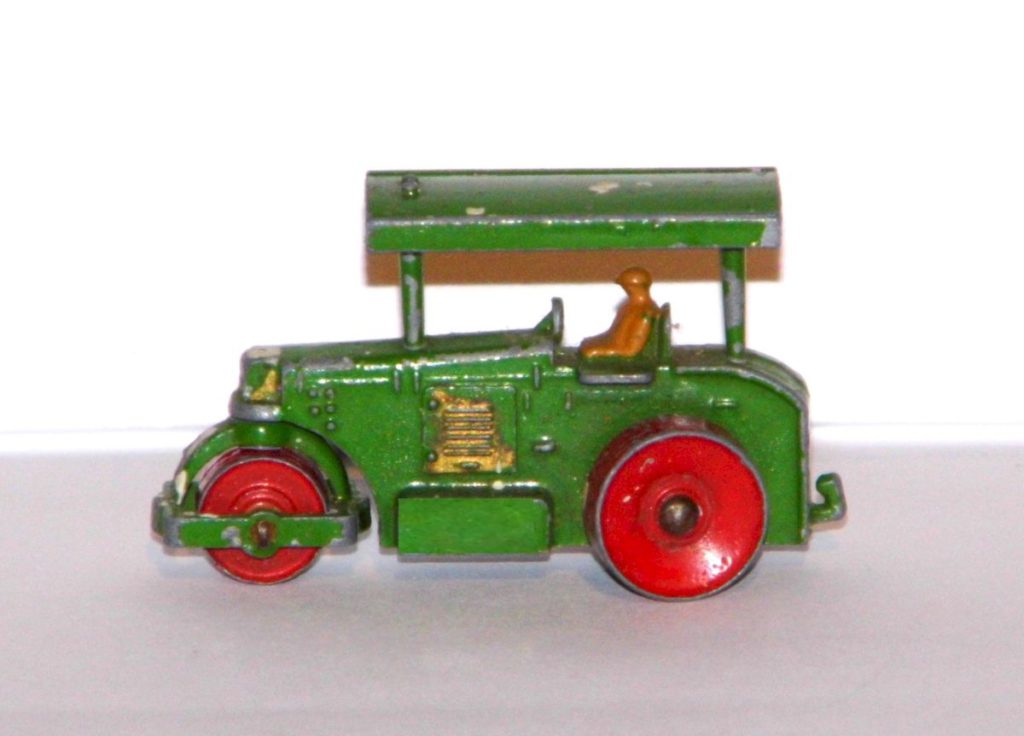
While Hot Wheels conquered fantasy play, Matchbox dominated the reality-based toy car market with meticulous attention to automotive accuracy. These British-born miniatures reflected actual vehicles down to headlight placement and door handle design, helping kids develop an appreciation for global car culture before they could reach the pedals.
The serious collector prioritizes Lesney’s “Superfast” models from the 1970s, which can command $50-250 depending on rarity and condition. Finding these treasures with original boxes is the collecting equivalent of striking oil—potentially doubling their value overnight. The obsession makes perfect sense when you consider these tiny vehicles represent preserved automotive history, capturing the spirit of an era when gas-guzzling muscle cars ruled.
6. Playboy Magazine
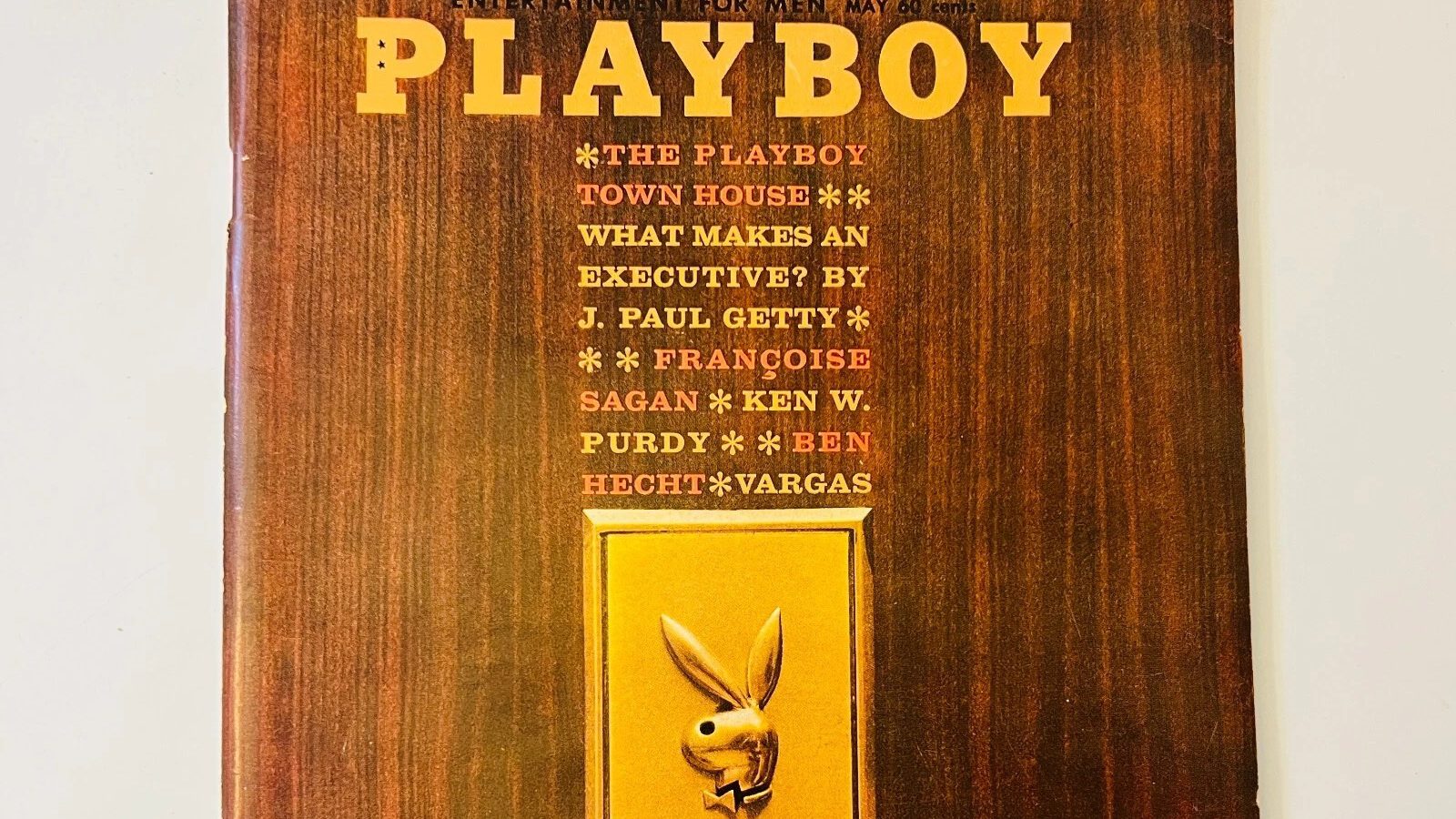
Hugh Hefner’s glossy empire served as a cultural weathervane that tracked shifting attitudes toward sexuality, lifestyle, and self-expression. The magazine’s interview subjects ranged from movie stars to presidential candidates, creating a publication that people could legitimately claim to read “for the articles.”
The collecting market follows a precise hierarchy with the Marilyn Monroe issue sitting at $5,000-20,000+. Regular 1970s issues typically command $10-50 depending on featured celebrities and historical significance. Condition factors mirror those of comic books—complete pages, intact centerfolds, and minimal wear determine value. The market has stabilized despite digital disruption, proving that some analog experiences retain their appeal even in a smartphone-dominated world.
5. Hot Wheels Diecast Cars
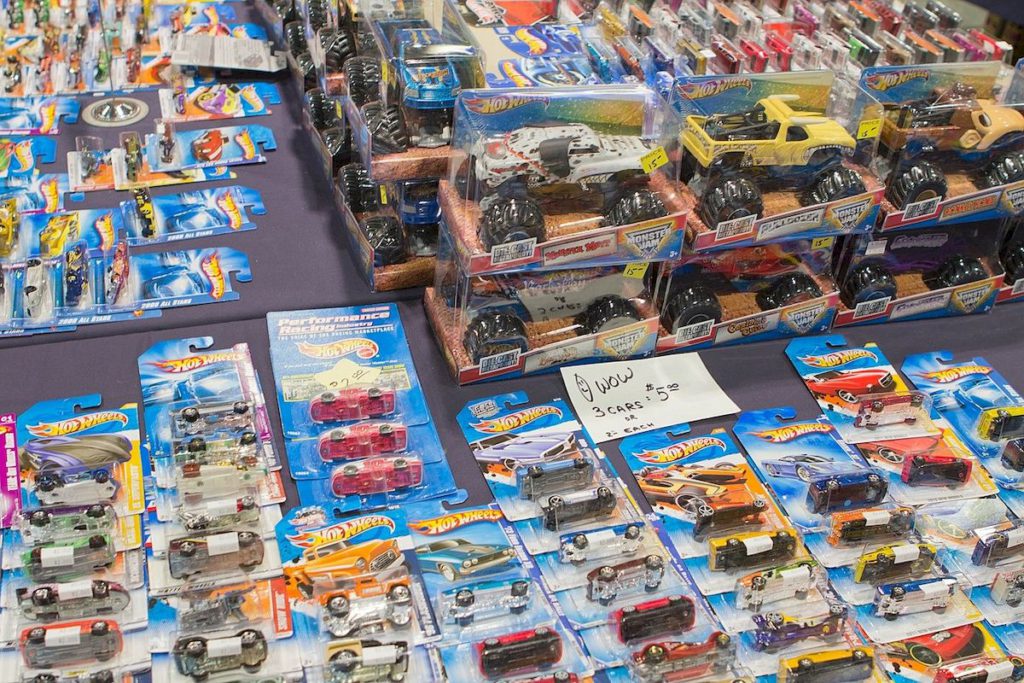
These pocket-sized speed demons revolutionized playtime when Mattel launched them in 1968. Unlike their stodgy predecessors, Hot Wheels burst onto the scene with electric colors, chrome finishes, and low-friction axles that sent them zooming past competitors in both sales and actual velocity. They weren’t just toys—they were childhood rocket ships for basement astronauts.
Today, collectors hunt these miniature treasures with the intensity of archaeologists discovering ancient artifacts. The most coveted prizes bear the telltale “Redline” wheels from 1968-1977, with mint condition examples fetching $100-1,000+ at auction. Storage tip: keep these tiny time capsules in acid-free containers away from sunlight, as UV exposure fades those vibrant paint jobs faster than disco’s popularity after 1979. Those dusty Hot Wheels in your parents’ basement? They might just fund your next vacation—or, as history shows, even everyday freebies sold for a fortune when rediscovered by savvy collectors.
4. Johnny Lightning Muscle Cars
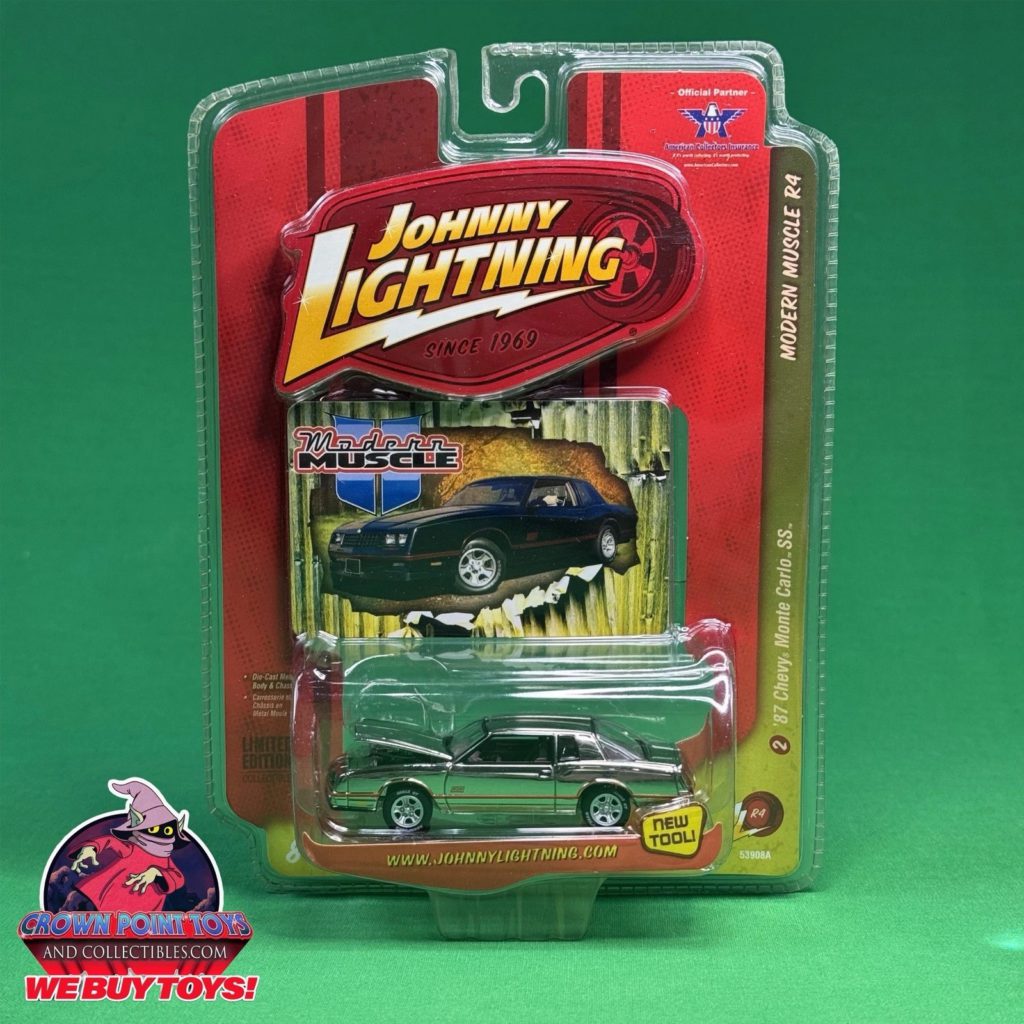
Johnny Lightning raced into the toy market in 1969 with a clear mission: dominate the American muscle car segment with rubber-tired speed machines. While Hot Wheels went for flash and Matchbox aimed for accuracy, Johnny Lightning vehicles delivered raw, rubber-burning performance that left competitors in the dust. Their Speed Racer tie-ins transformed cartoon dreams into tangible playthings.
These relative underdogs of the diecast world have evolved into collector gold mines, with mint condition examples now accelerating to $100-600 in the secondary market. Their limited production compared to toy giants created a perfect scarcity storm for today’s nostalgia-fueled market. For maximum investment potential, focus on finding specimens with intact decals and original packaging—the collecting equivalent of finding a muscle car with matching numbers.
3. Wacky Packages Stickers
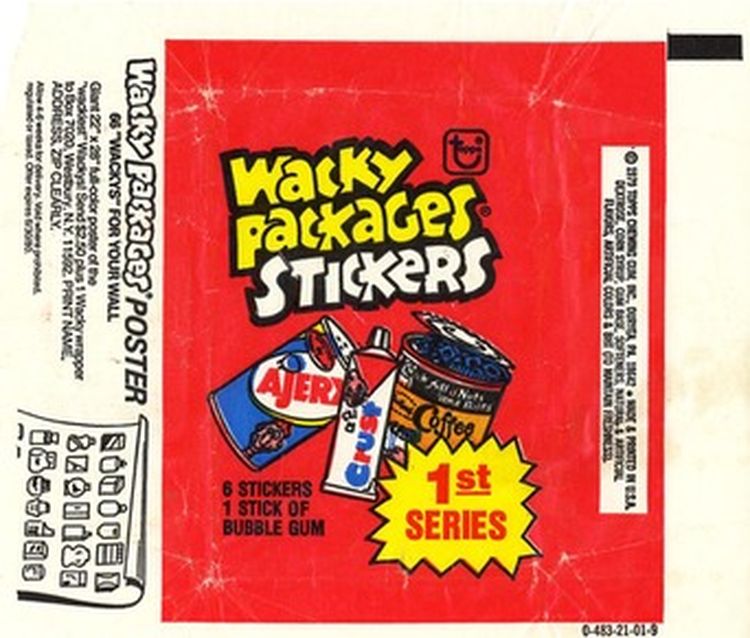
Before memes skewered consumer culture online, Wacky Packages performed the same service through adhesive parody. These satirical stickers transformed household brands into playground currency, with Topps’ artists masterfully twisting familiar logos and products into absurdist commentaries that resonated with kids’ innate sense that adult consumer culture deserved roasting.
The collecting hierarchy places premium value on the 1973-1977 series, with complete sets commanding $100-1,000+ from nostalgia-driven buyers. Individual stickers typically range from lunch money to dinner money ($1-5), while rare variations fetch dessert-level prices. Preservation challenge level: expert. These fragile paper products demand archival storage—acid-free sleeves kept away from light to prevent investments from fading.
2. Soda Cans
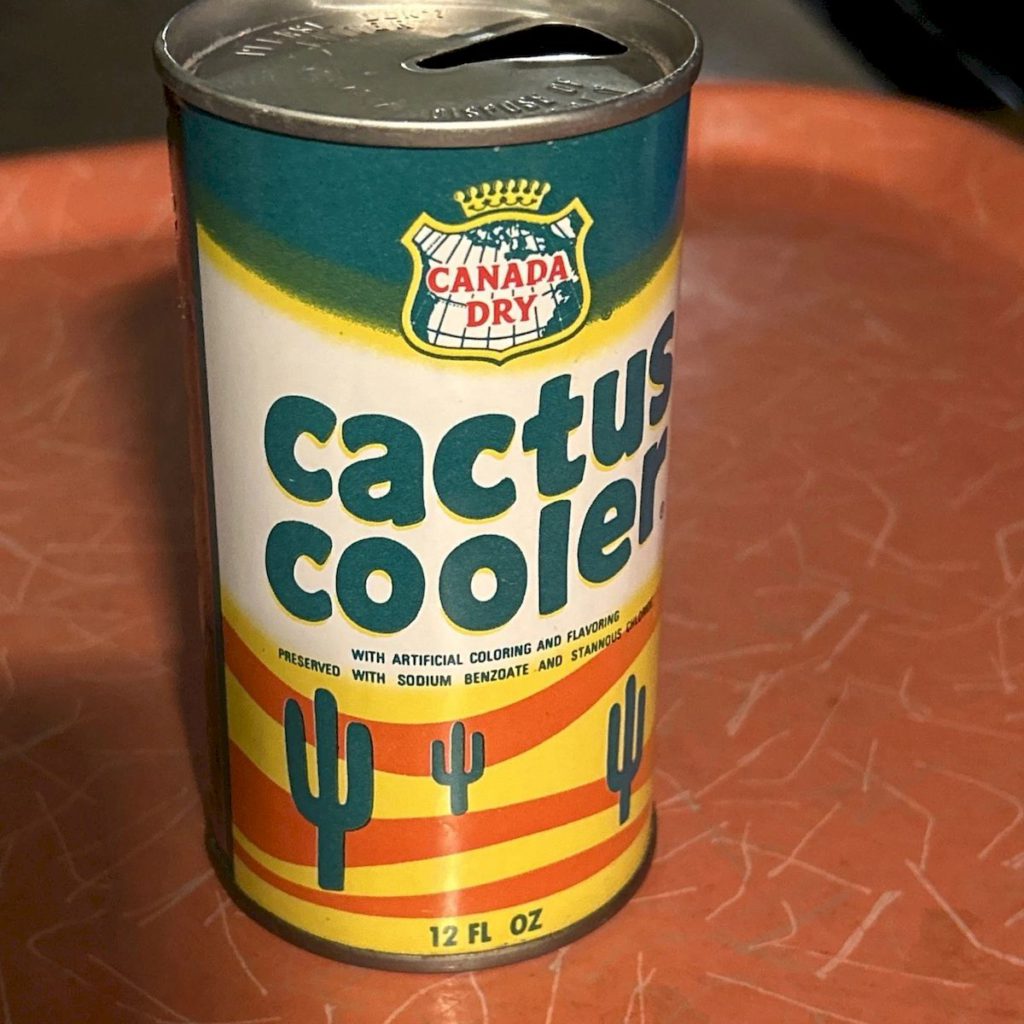
When beer can collecting fizzed into popularity, a parallel movement emerged that didn’t require sneaking into dad’s garage—soda can collecting offered the thrill of the hunt with family-friendly appeal. Regional brands created geographical treasure maps for young collectors trading neighborhood finds like stock brokers swapping investments.
The 1976 Bicentennial unleashed a wave of patriotic-themed cans that instantly became collector essentials. Today, while common specimens sell for pocket change ($1-10), those rare misprints can pop with $100-500 price tags. The market functions like a carbonated stock exchange—values rise and fall based on scarcity, condition, and whether the brand survived the corporate consolidation era. Beginning collectors should focus on commemorative series for affordable entry points.
1. Mego Action Figures
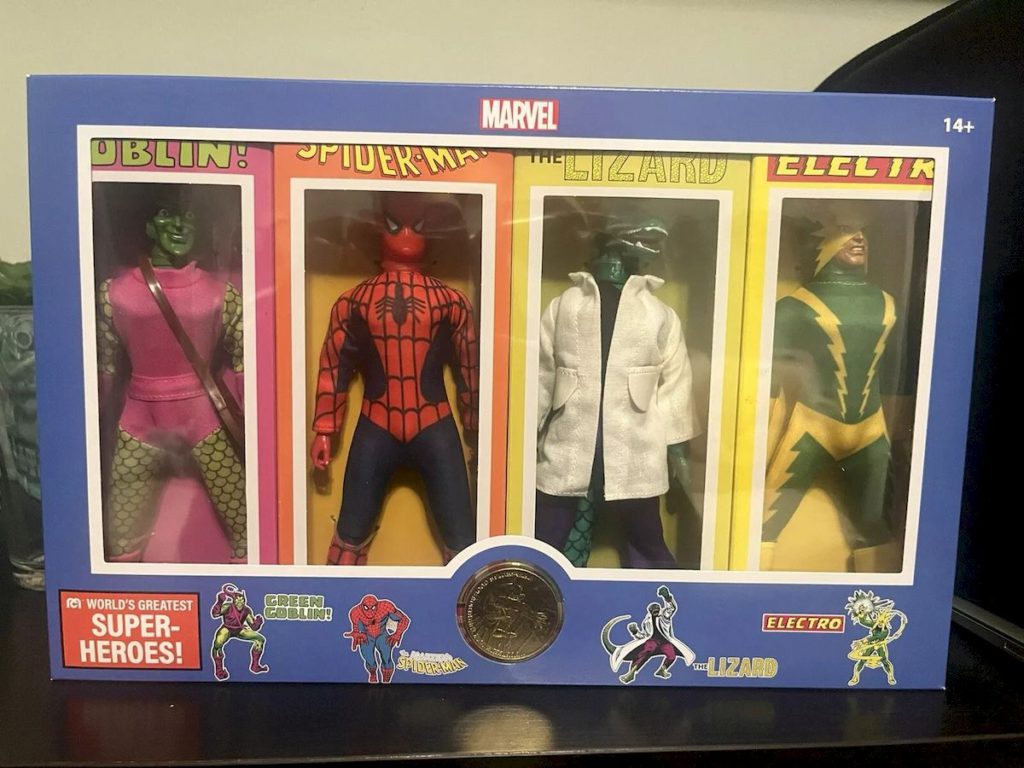
Before action figures became glorified statues, Mego created 8-inch heroes with cloth costumes that actually moved. These fabric-clad figures transformed playtime by allowing kids to change Superman’s outfit or redress Captain Kirk after an alien encounter—something today’s museum-quality collectibles rarely permit without damaging their precious limited-edition status.
The current market treats these poseable pioneers like miniature masterpieces, with mint-in-box figures commanding $100-2,000 depending on character rarity. Star Trek’s Uhura and certain superheroes top the value charts, functioning as plastic certificates of deposit for savvy collectors. When hunting vintage Megos, examine them like a CSI investigator—look for elastic bands and fabric damage that can deflate values faster than a superhero’s ego after meeting a stronger villain.






